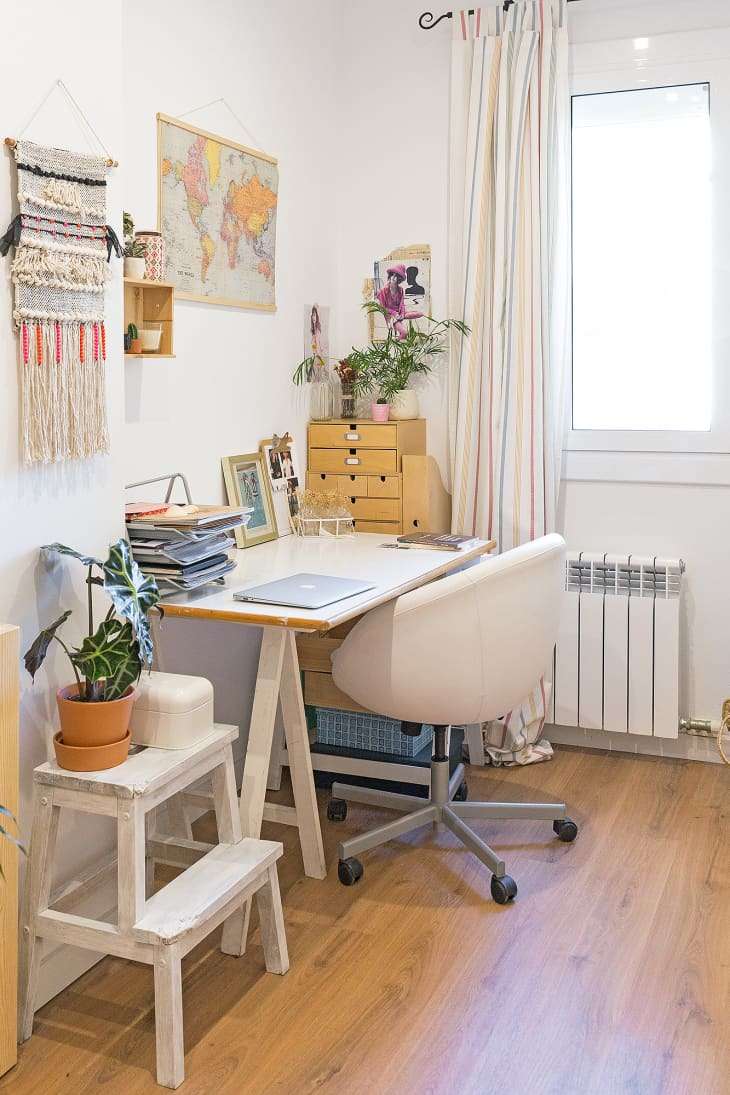Ever since I can remember, my handwriting has been rough. Some people might even call it “terrible.” I’m left-handed, and often got scolded in class for my smudged letters. And while my penmanship doesn’t affect my daily life in the same way it did when I was in school, I love sending birthday cards, postcards, and random just-to-say-hello greeting cards to my friends who live around the globe. I even started writing to a pen pal during the pandemic as a new way to connect to people and further my love of letter writing.
Since reverting back to snail mail has taken on a larger role in my life, I figured I’d give myself another chance at making my letters and greeting cards beautiful. I found several pens at my local craft store and armed myself with YouTube tutorials to try my hand, quite literally, and hand-lettering. Here’s what I learned:

YouTube tutorials and online resources are your friends.
I searched high and low on the internet for the right source to teach me to hand-letter. While you can certainly sign up for a hand-lettering class at a community college or craft store, there are also plenty of online resources that can help you get started. According to Berlin-based designer and illustrator Martina Flor , who offers online hand-lettering courses and published a book about hand-lettering , the best way to get started is to simply “dive in.”
“The world of letterforms is vast and very exciting, and hand-lettering is a great way to ease into it,” she told Apartment Therapy. “We know more about letterforms than we think we do, just because we are constantly surrounded by them: on the streets, through books, newspapers, even in every text we write on our phones!”
YouTube also offers a bevy of tutorials and tips for those on a budget. Suzy of the YouTube channel How to Hand Letter covers everything from the basics of the difference between upstrokes and downstrokes to how to put your own style into your handwriting style, and her channel offers a wide range of tutorials for both novice and experienced hand-letterers. I was instantly transfixed by how graceful she made the art form look, and while my letters didn’t immediately look like hers, I appreciated her encouraging words and thorough tutorials.
Find the right pens for your ideal aesthetic.
When I first set out on my hand-lettering journey, I was overwhelmed by the variety of tools available, but it’s helpful to not overthink the process. “Anything can be a writing tool,” Flor said. She suggested that beginners start by using a brush marker, as well as starting out each project with a pencil and tracing your work.
A pen with a brush tip allows you to change the thickness of your strokes, since it has a flexible tip. In hand-lettering, you’ll be practicing upstrokes and downstrokes, and being able to alter the pressure will help you create those elegant swooping letters.
…and that goes for paper, too.
Practice sheets are a great place to start, since you can connect your strokes from line to line, especially when you’re in the early stages of simply forming letters, as I found from watching How to Hand Letter’s YouTube tutorials .
Flor also suggests “using tracing paper that allows you to effectively improve your drawing” when first starting out. Then, once you feel comfortable with your skills, you can transition to stationery and envelopes.
Don’t think you’re a lost cause.
As I watched various tutorials, fixated on artists’ pristine upstrokes and downstrokes, I couldn’t help but become fixated on how my own upstrokes and downstrokes did not quite resemble theirs. If only I could hold my pen more delicately, position my hand better, and train myself to put just the right amount of pressure on the pen, I might have a chance of getting there. But part of the fun, I suppose, is the process, and with that, the progress.
Flor emphasizes that practice is a necessary aspect of the craft, which is why she created Lettering Maker , an online tool that provides hand-lettering prompts for artists of all skill levels. “Choosing what to draw and which text to illustrate is what normally takes up most of the time,” she said, and this tool takes the complication out of practicing.
Practice on every letter you send!
Whether it’s a pen pal from across the globe, a family member across the country, or a friend in a neighboring city, there’s never a bad time to start sending more mail, especially when you can add so much meaning and emotion with hand-lettering, according to Flor.
“What I love about lettering is that it gives language a shape and enables the communication of messages, feelings and emotions,” she said. “In lettering, content (the text) and its shape are counterparts of the same message, and they are combined to create new meaning. With the shapes of the letters you can set a tone for that word or series of words that you’re drawing, you can even change their meaning!”
I matched with my pen pal through the Penpalooza program , and as it turns out, she is a talented artist. She fills each card with doodles, and even the occasional watercolor painting. Her artistic endeavors have inspired me to work on my own, particularly when it comes to addressing each envelope. I haven’t yet written her a letter with my new hand-lettering skills, but I’m excited to see what she thinks, and likely, surprise her.
Madeline Diamond
Contributor

Leave a Reply